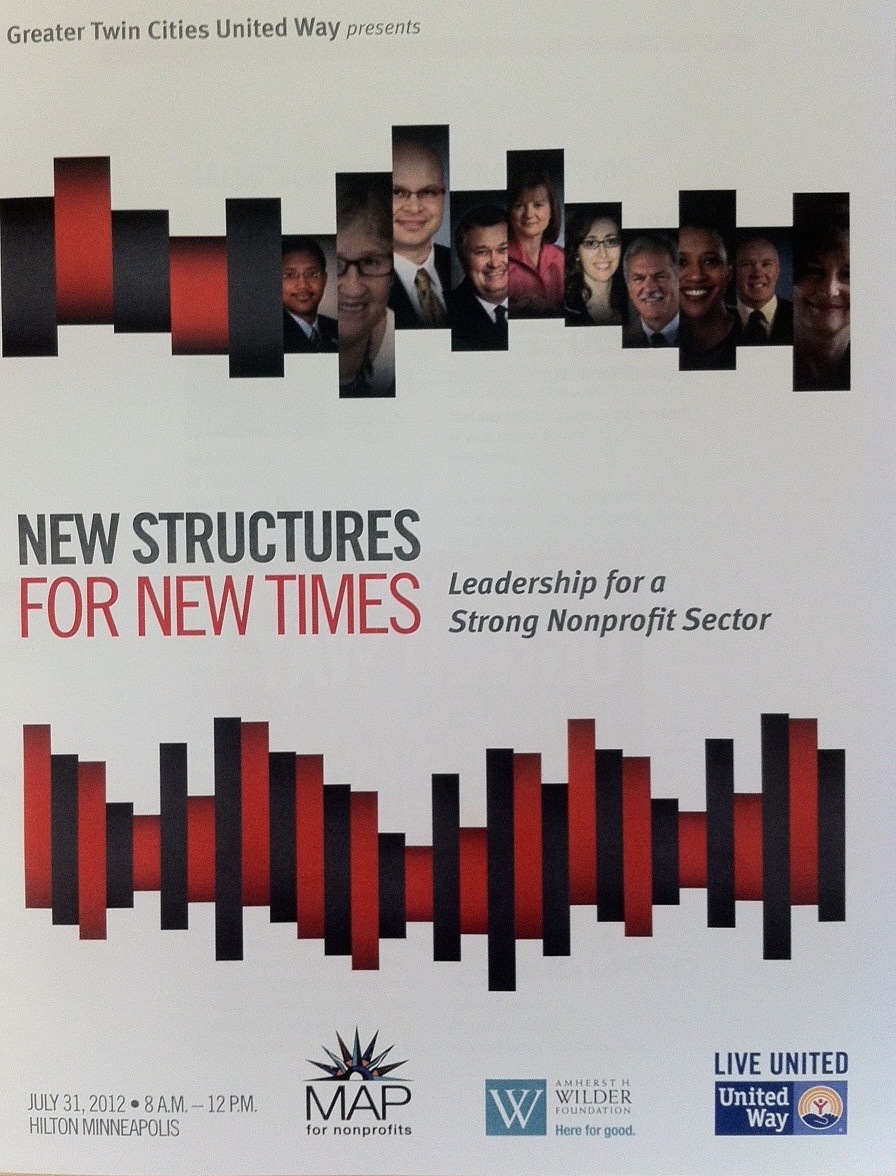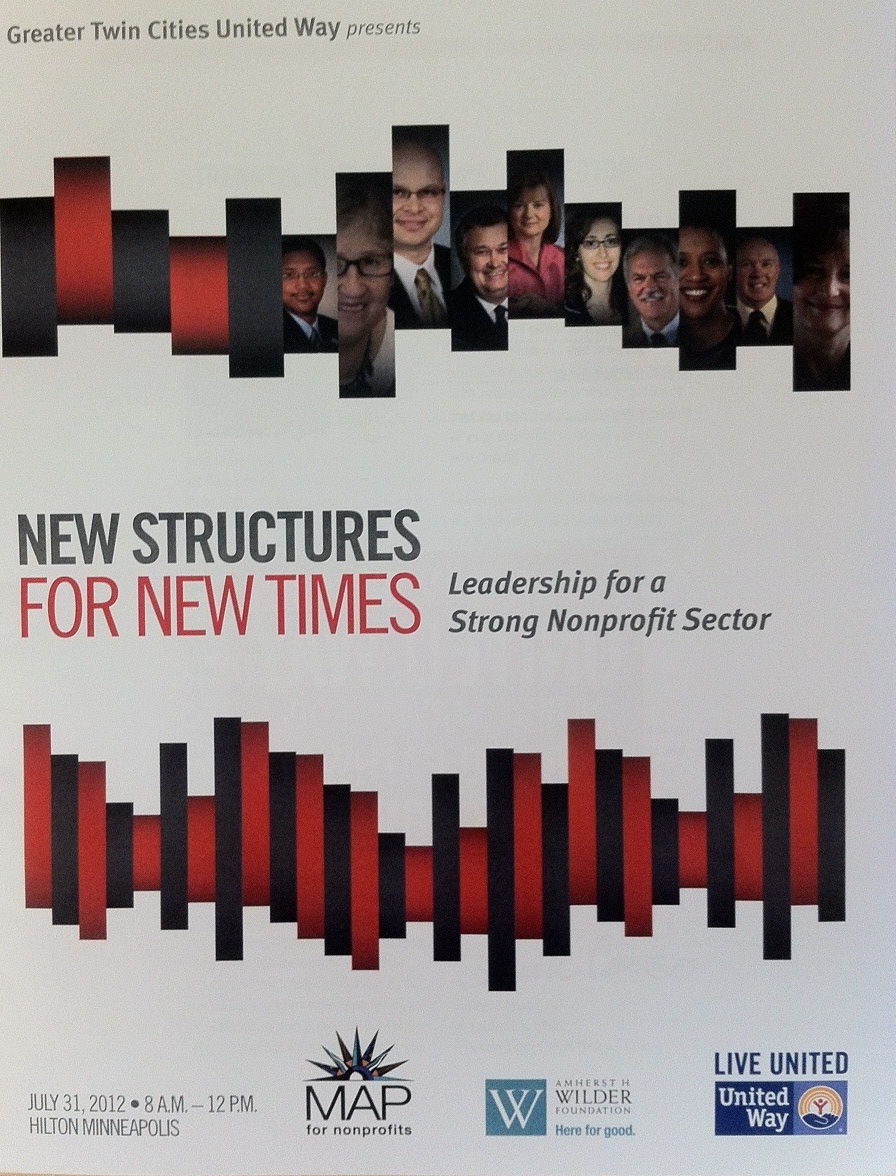10
2012Moving the Needle
A post by James V. Toscano In an article in Nonprofit Quarterly, “Strategic Philanthropy: Who Wins and Loses?” Prentice Zinn, using a variety of reasons, outlines the argument against funding sources alone deciding where to focus their grants as part of their version of a strategic initiative, often involving outcomes measurement and scaling up service. In a trenchant major point, he states: “Today, the field of philanthropy is seeing a relative explosion of conversations, debate, and reflection about how it can be more effective. Add to this rich exchange of information a dose of organizational narcissism, careerism, and peer pressure…
28
2012
Apples or Oranges?
A post by James V. Toscano The news story states that Charity Navigator’s 2012 Metro Market Study “reveals the regional differences in the performance of the nation’s biggest charities.” The study compares the median process scores on Financial Health (FH) and on Accountability and Transparency (AT) of the largest nonprofits in each of the thirty largest metropolitan areas. The study covers 56% of the 5500 charities evaluated by Charity Navigator, accounting for 67% of both revenue and expenditure of the group. Using this process methodology, Houston, Kansas City, St. Louis, Cincinnati and Portland are highest rated, while Orlando, Tampa/St. Petersburg,…
23
2012Razoo Guest Post
Dania T. Miwa was featured in Razoo‘s blog Inspiring Generosity. Here is a link her guest post 5 Myths About Using Social Media to Raise Funds.
17
2012Two Themes – Part Two
A post by James V. Toscano Research shows that there is additional private funding for nonprofits available from donors interested in high-level impact investing. We also know another significant potential is the switching of existing donations to these very same high impact investments. Estimates of both reach approximately $50 billion, about one-sixth of current private donations. Now, the redoing of government funding and appropriations for social impact guarantees and/or for impact bonding funds is happening. Some of these new revenue arrangements need intermediaries, some get payback only if success is achieved, but all have one element in common: the achieving…
06
2012
Two Themes – Part One
A post by James V. Toscano Recently, Greater Twin Cities United Way, with MAP for Nonprofits and Wilder Foundation, sponsored a “New Structures for New Times” conference. Over 500 nonprofit and foundation representatives attended, hearing that our nonprofit sector needs to strengthen through collaborations, mergers, acquisitions, dissolutions, and “similar proactive steps. The familiar litany of reasons for these actions were all mentioned: government cuts, “new normal,” need for more businesslike management, increasing societal need. The overall theme in this work is that we are faced with a dilemma, given the number of nonprofits and the shrinking resources available to them.
05
2012Board Selection Mnemonics
A post by James V. Toscano mne·mon·ics: the process or technique of improving or developing the memory Let’s trot out the old chestnuts, those alliterative mnemonics often quoted in training and articles about the type people who should be on a nonprofit organization’s board. Governance is always one of the leading topics of discussion and controversy in nonprofits, both in sector and academic circles. One sometimes hears three prescriptive letters summarizing desired qualities of prospective board members, sometimes not understood, sometimes dismissed, sometimes used cynically, and sometimes followed with insight. A variety of “schools” e.g. Carver, Benevan, cite specific roles…
12
2012Ten Conditions for Success in Fundraising
The Good Counsel A post By James V. Toscano 1. A Strong Vision/ Mission that articulates an appealing and attractive value proposition for those donors and prospects sharing similar values. Donors are attracted to Mission-driven organizations. 2. Program Quality. With all of the hoopla and buzz on other aspects of performance, quality still counts and separates the winners from the losers. Empirical markers of quality, such as outstanding inputs, processes, people and results clearly result in success and boost the potential for funding. 3. Board Leadership/ Management. Nothing beats an engaged, active, fundraising board and a committed director. Charisma helps, although…
17
2012Impact Measurement – Part Three of Three
A Post by James V. Toscano Measuring impact of nonprofit programs is clearly an important element in determination of benefit to society. It has also become a proxy to demonstrate return on investment to governments, foundations, corporations and other donors. The state of the art and science of such impact determination is largely work in progress. Certain nonprofit sectors, namely healthcare and education, are well advanced in such measurement compared to other sectors. Epidemiological methodology, such as used by the Centers for Disease Control and Prevention, has important elements that are available to be adopted/adapted by other sectors. Using such tools…
10
2012Impact Measurement – Part Two of Three
A post by James V. Toscano There is currently considerable buzz about performance, outcomes, results and other measures of impact in the nonprofit world. Foundations and corporate funders are now interested in what the results of the inputs of their grants are. Individual donors are told that they should also be very interested in what their gift dollars produce. In the Part One, questions on the uses of epidemiological variables and the need for standardized measurement and agreement on those measures were raised. In Part Three, the necessity for empirical testing to really determine causality will be explored in some…
09
2012Social Impact Bonds
A post by James V. Toscano A new report sponsored by the Rockefeller Foundation, A New Tool for Scaling Impact: How Social Impact Bonds Can Mobilize Private Capital To Advance Social Good, gives an interesting boost to the British idea of infusing private capital into projects that have a societal return, with repayment based on the success of the project. In the introduction to the report, Judith Rodin, Rockefeller Foundation president states: “Social Impact Bonds have the potential to substantially transform the social sector, support poor and vulnerable communities, and create new financial flows for human service delivery by offering…
